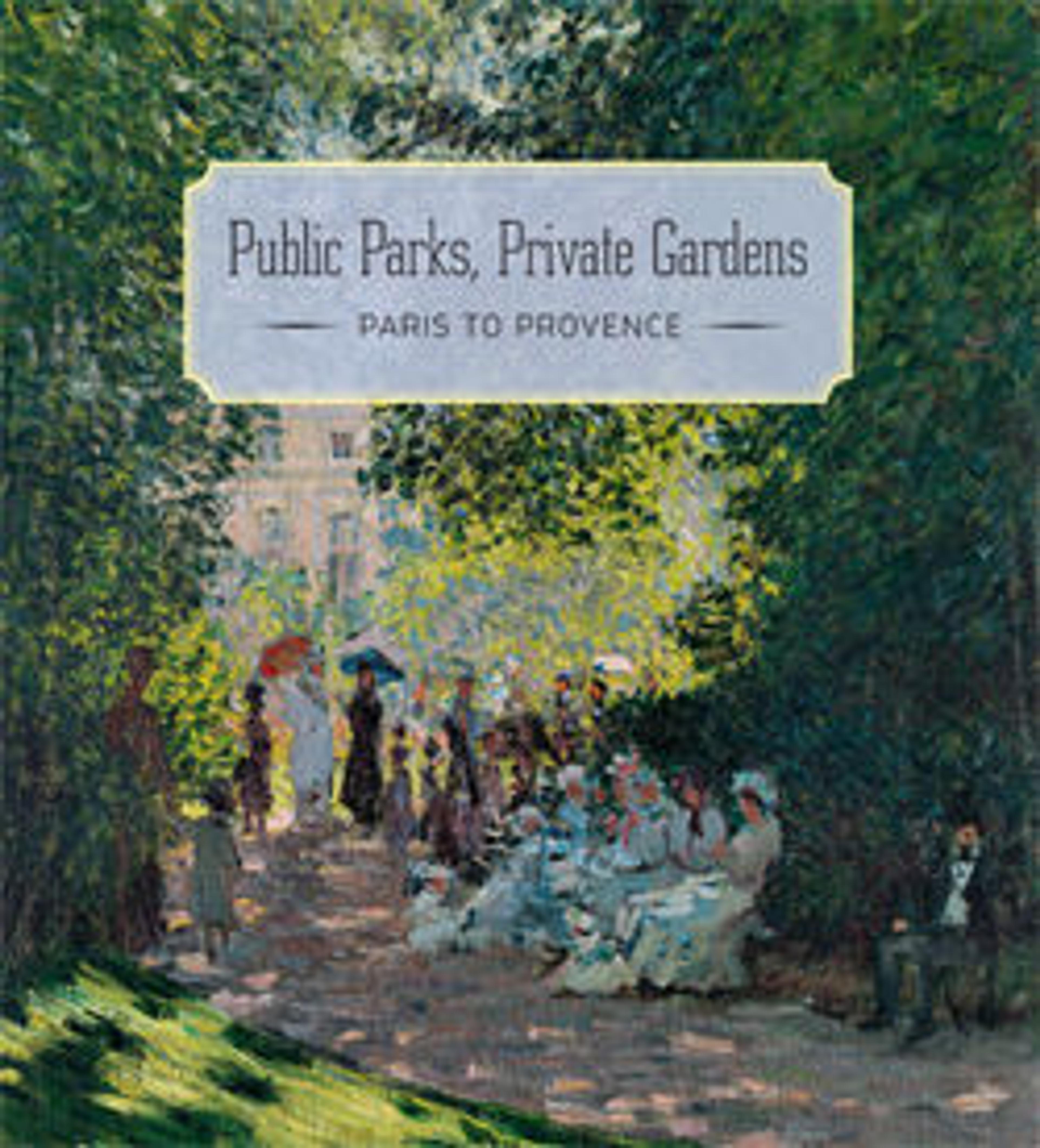The Forest at Pontaubert
Seurat spent two months in the late summer and early fall of 1881 in Pontaubert, a village southeast of Paris once frequented by Daubigny, Corot, and other Barbizon landscape painters. His visit inspired this sous-bois or forest glade, which Seurat probably completed that winter in the studio he shared with his traveling companion and fellow artist Aman-Jean. With its concert of greens, its subtle, shimmering light effects, and its vertical pattern of tree trunks, this work anticipates the verdant settings of Seurat’s monumental Bathers at Asnières in London (1884) and A Sunday on La Grande Jatte in Chicago (1884–86).
Artwork Details
- Title:The Forest at Pontaubert
- Artist:Georges Seurat (French, Paris 1859–1891 Paris)
- Date:1881
- Medium:Oil on canvas
- Dimensions:31 1/8 x 24 5/8 in. (79.1 x 62.5 cm)
- Classification:Paintings
- Credit Line:Purchase, Gift of Raymonde Paul, in memory of her brother, C. Michael Paul, by exchange, 1985
- Object Number:1985.237
- Curatorial Department: European Paintings
More Artwork
Research Resources
The Met provides unparalleled resources for research and welcomes an international community of students and scholars. The Met's Open Access API is where creators and researchers can connect to the The Met collection. Open Access data and public domain images are available for unrestricted commercial and noncommercial use without permission or fee.
To request images under copyright and other restrictions, please use this Image Request form.
Feedback
We continue to research and examine historical and cultural context for objects in The Met collection. If you have comments or questions about this object record, please contact us using the form below. The Museum looks forward to receiving your comments.
